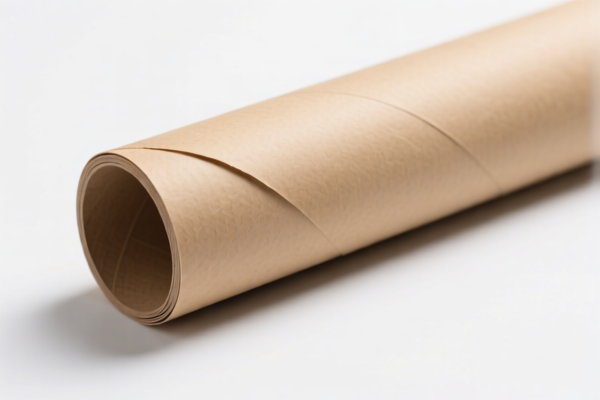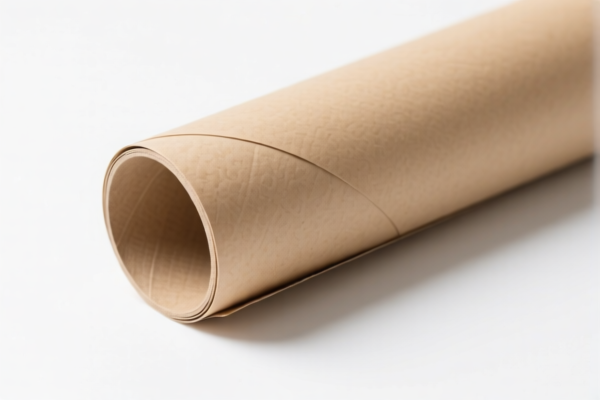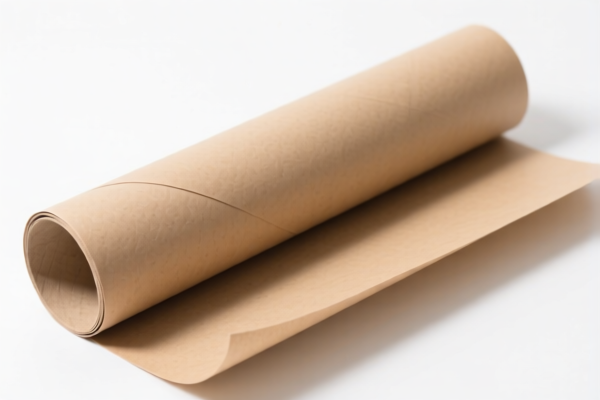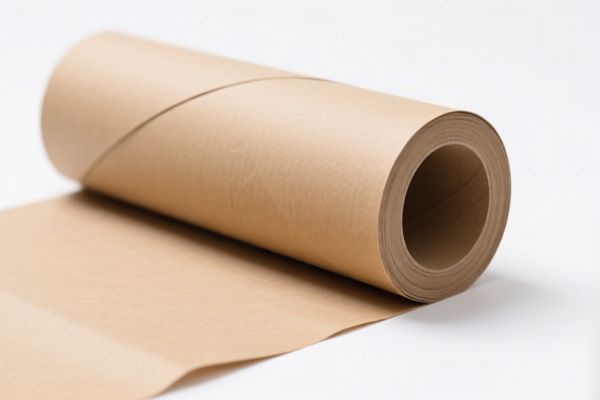| HS Code | Official Doc | Tariff Rate | Origin | Destination | Effective Date |
|---|---|---|---|---|---|
| 4703110000 | Doc | 55.0% | CN | US | 2025-05-12 |
| 4703190000 | Doc | 55.0% | CN | US | 2025-05-12 |
| 4707100000 | Doc | 55.0% | CN | US | 2025-05-12 |
| 4804110000 | Doc | 55.0% | CN | US | 2025-05-12 |
| 4804190000 | Doc | 55.0% | CN | US | 2025-05-12 |
| 4804210000 | Doc | 55.0% | CN | US | 2025-05-12 |
| 4804290000 | Doc | 55.0% | CN | US | 2025-05-12 |
| 4804316000 | Doc | 55.0% | CN | US | 2025-05-12 |
| 4804396020 | Doc | 55.0% | CN | US | 2025-05-12 |
| 4804396040 | Doc | 55.0% | CN | US | 2025-05-12 |
| 4804412000 | Doc | 55.0% | CN | US | 2025-05-12 |
| 4804510000 | Doc | 55.0% | CN | US | 2025-05-12 |




Okay, let's break down the HS codes provided for "KRAFT PAPER ROLL" and understand the classifications and potential tax implications. I'll structure this to be as clear as possible.
General Overview
All the HS codes you've provided fall under Chapter 47 (Wood pulp, paperboard, paper and paperboard) or Chapter 48 (Paper and paperboard; paperboard containers, boxes, cases, bags and other packing containers; paper and paperboard articles). The specific code used will depend on the type of kraft paper, its material, its weight, and its intended use. Currently, all listed codes have a total tax rate of 55% (0% basic tariff + 25% additional tariff, increasing to 30% after April 2, 2025).
Detailed HS Code Breakdown
I'll categorize these for easier understanding.
1. Chemical Woodpulp (Chapter 47)
- 4703.11.00.00: Chemical woodpulp, soda or sulfate, other than dissolving grades: Unbleached: Coniferous.
- 4703: Wood pulp, chemical.
- 4703.11: Soda or sulfate, other than dissolving grades.
- 4703.11.00: Specifically unbleached coniferous woodpulp. Coniferous means from cone-bearing trees (pine, fir, spruce).
- 4703.19.00.00: Chemical woodpulp, soda or sulfate, other than dissolving grades: Unbleached: Nonconiferous.
- 4703.19: Soda or sulfate, other than dissolving grades, non-coniferous. This means from broadleaf trees (oak, maple, birch).
Important Note for 4703: These codes are for the raw material used to make paper. If you are importing finished kraft paper rolls, these codes are likely not the correct classification.
2. Recovered (Waste and Scrap) Paper (Chapter 47)
- 4707.10.00.00: Recovered (waste and scrap) paper and paperboard: Unbleached kraft paper or paperboard or corrugated paper or paperboard.
- 4707: Recovered (waste and scrap) paper or paperboard.
- 4707.10: Specifically unbleached kraft paper or paperboard or corrugated paper or paperboard. This is for recycled paper.
3. Uncoated Kraft Paper and Paperboard (Chapter 48)
This is the most likely category for finished kraft paper rolls. The codes get very specific based on weight and use.
- 4804.11.00.00: Uncoated kraft paper and paperboard, in rolls or sheets, other than that of heading 4802 or 4803: Kraftliner: Unbleached. Kraftliner is a strong paper used for making corrugated boxes.
- 4804.19.00.00: Uncoated kraft paper and paperboard, in rolls or sheets, other than that of heading 4802 or 4803: Kraftliner: Other (bleached, dyed, etc.).
- 4804.21.00.00: Uncoated kraft paper and paperboard, in rolls or sheets, other than that of heading 4802 or 4803: Sack kraft paper: Unbleached. Sack kraft is used for making paper bags.
- 4804.29.00.00: Uncoated kraft paper and paperboard, in rolls or sheets, other than that of heading 4802 or 4803: Sack kraft paper: Other.
- 4804.31.60.00: Uncoated kraft paper and paperboard, in rolls or sheets, other than that of heading 4802 or 4803: Other kraft paper and paperboard weighing < 150 g/m²: Unbleached: Other.
- 4804.39.60.20: Uncoated kraft paper and paperboard, in rolls or sheets, other than that of heading 4802 or 4803: Other kraft paper and paperboard weighing < 150 g/m²: Other: Base stock for trays, dishes, plates, cups and the like.
- 4804.39.60.40: Uncoated kraft paper and paperboard, in rolls or sheets, other than that of heading 4802 or 4803: Other kraft paper and paperboard weighing < 150 g/m²: Other: Other.
- 4804.41.20.00: Uncoated kraft paper and paperboard, in rolls or sheets, other than that of heading 4802 or 4803: Other kraft paper and paperboard weighing more than < 150 g/m² but less than < 225 g/m²: Unbleached: Wrapping paper.
- 4804.51.00.00: Uncoated kraft paper and paperboard, in rolls or sheets, other than that of heading 4802 or 4803: Other kraft paper and paperboard weighing < 225 g/m² or more: Unbleached.
Key Considerations & Recommendations
- Material: Is the paper made from virgin wood pulp, recycled pulp, or a combination?
- Weight (GSM): The weight of the paper in grams per square meter (GSM) is crucial for correct classification. You must know this.
- Intended Use: What is the paper specifically used for? (Wrapping, packaging, bags, boxes, etc.)
- Bleached vs. Unbleached: This is a key differentiator.
- Coating: Is the paper coated with anything (wax, plastic, etc.)?
- April 2, 2025 Tariff Change: Be aware of the upcoming tariff increase to 30%.
To help me narrow down the most accurate HS code, please provide the following information:
- The weight (GSM) of the kraft paper roll.
- The primary intended use of the paper.
- Is the paper bleached or unbleached?
- Is the paper coated? If so, with what?
- Is it made from virgin pulp, recycled pulp, or a mix?
Disclaimer: I am an AI and cannot provide definitive customs rulings. This information is for guidance only. You should always consult with a licensed customs broker or your local customs authority for accurate classification and compliance.
Customer Reviews
The breakdown of the 4703 and 4707 codes was clear, but I was a bit confused about the difference between raw materials and finished products. Still, it helped me get started.
The information on the different types of kraft paper under 4804 was really helpful. I had no idea there were so many classifications based on weight and use.
This site saved me hours of research. The explanation of the 55% tariff rate and the note about the upcoming increase to 30% was super useful for planning my exports.
Finally found the right HS code for my kraft paper rolls. The detailed breakdown of 4804.39.60.40 was exactly what I needed for exporting to the US.